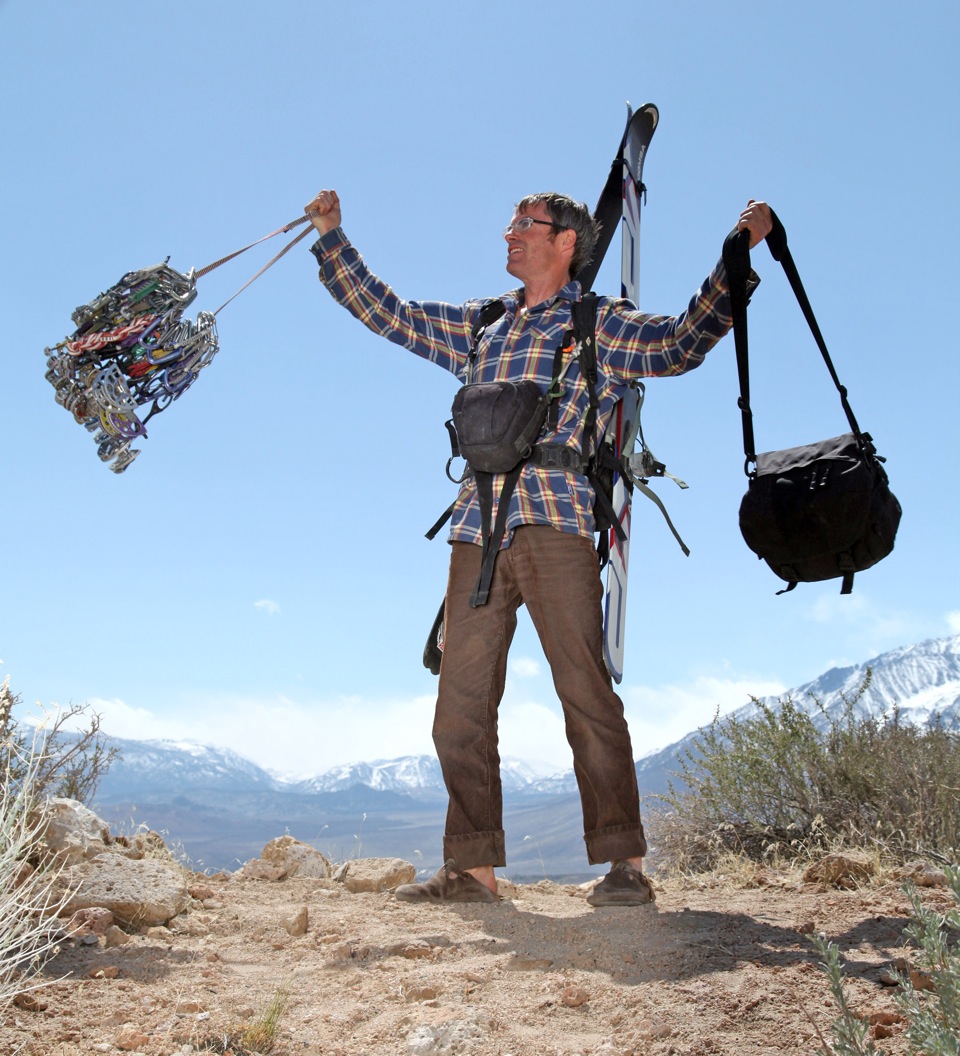LIKE EVERYTHING ELSE, packing is a progression. The more you practice the better you get. For those of us who grew up camping and backpacking, knowing how to pack a backpack is almost taken for granted. And yet, in a conversation recently with the crew at Gregory, we found that “how do you pack a backpack?” is one of the most common questions they’re hit with.
I put this question to our Ambassadors, who are constantly traveling, and — as pro athletes, filmmakers, and photographers — typically have to pack more gear than average. For example, Katie Lambert (pictured above), has a rope, a double rack of cams, 10 quickdraws, seven slings, two liters of water, food, coats, gloves, shoes, harness, chalk bag, sleeping pad, and a small sleeping bag, all packed into her Sage 45.
Here’s what we came up with.




